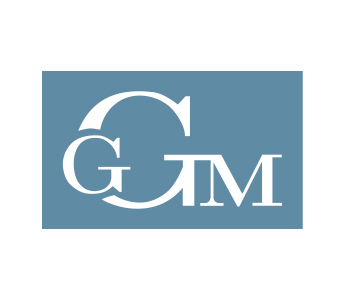How “Green” is Green? Regulatory Considerations For Dry Cleaners
From time to time, we hear clients remark that the chemicals they use in their processes are “green” and therefore their property could not possibly be impacted by their activities. Undoubtedly, the source of the clients’ confusion can often be traced to sales pitches from suppliers of the so-called “green” products. With regard to waste produced from a process or potential spills or other releases of spent materials, deeper inquiry should be made into how the chemicals are used and what they have come into contact with during the process. Also, some chemicals are marketed as “green” when in fact they are merely “greener” than alternatives but still contain hazardous substances, and disposal may be regulated as hazardous waste.
In the past several years, the dry cleaning industry has transitioned away from its reliance on chlorinated solvents (primarily perchloroethylene or “perc”) to remove stains and to clean clothes that don’t hold up well to traditional water-based washing machines, and new technologies and solvents have been developed that are marketed as “green” and “organic”. Perc is responsible for groundwater contamination at a number of sites both in Michigan and throughout the U.S., and can be challenging to remediate due to its chemical properties (denser than water and tends to sink to the bottom of the aquifer – referred to as “dense non-aqueous phase liquids” or “DNAPLs”). Prolonged exposure to perc is also associated with health effects such as kidney and liver damage and cancer. Although the newer “green” solvents may have less toxic properties, many are petroleum-based hydrocarbon solvents with high flash points and still emit volatile organic compounds or “VOCs”. Because these solvents contain carbon, they are sometimes marketed as “organic”. This clever use of terminology attempts borrow a familiar term from the food industry where growers are marketing crops as “chemical-free”, but in the case of dry-cleaning solvents, they are often anything but inert or benign.
Dry cleaners utilizing this newer generation of “green” solvents still have environmental considerations and still may be generating hazardous waste. Even solvents which start out as “non-hazardous” may become corrosive if the dry cleaning equipment is not operated and maintained properly. Operators of “green” dry cleaning processes need to maintain records that they have evaluated their waste streams to determine if their solvent waste is hazardous or not. This involves determining if the waste is included on a list of hazardous wastes in Part 111 of the Michigan Natural Resources and Environmental Protection Act (“NREPA”) or if the waste exhibits a hazardous characteristic (ignitable, toxic, corrosive, or reactive). A Material Safety Data Sheet for the solvent used is not viewed as adequate by the Michigan Department of Environmental Quality (MDEQ) for dry cleaning waste characterization. For more information, click on the following link: http://michigan.gov/documents/deq/deq-oea-bulletin-august2013_430373_7.pdf.
News and blog articles presented in this website are distributed for general information purposes only with the understanding that the author, publisher and distributor of articles is not rendering legal, accounting, or other professional advice or opinions on specific facts or matters and, accordingly, GGTM assumes no liability whatsoever in connection with the use of any article. Pursuant to applicable rules of professional conduct, this communication may constitute Attorney Advertising.

